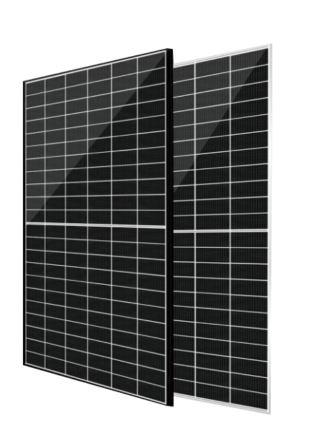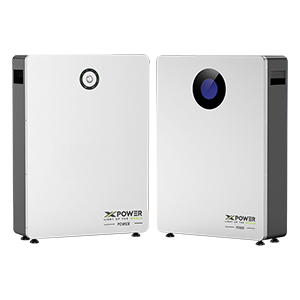How to size solar modules for different energy needs?
Time of Release : 2024-02-05
Solar power is a clean and renewable energy source that has become increasingly popular in recent years. One of the crucial steps in setting up a solar power system is determining the right size of solar modules to meet your energy needs. Proper sizing ensures optimal energy generation and maximizes the return on investment. In this article, we will explore the factors to consider and the steps to follow when sizing solar modules for your specific energy requirements.

Factors to consider when sizing solar modules:
Energy consumption: Begin by assessing your average energy consumption. Review your electricity bills to determine your monthly and annual energy usage. This information will serve as a baseline for calculating the capacity of solar modules needed to generate enough electricity to offset your usage.
Peak energy demand: Identify the time of day when your energy consumption is highest. This information helps determine the size of the solar array required to meet the peak energy demand and avoid reliance on the grid during these periods.
Available sunlight: The amount of sunlight your location receives throughout the year is a crucial consideration. Factors such as latitude, local climate, shading from nearby buildings or trees, and the tilt and orientation of the solar panels affect the available sunlight. The higher the solar resource, the smaller the solar array needed to generate a specific amount of electricity.
System efficiency: Solar modules have an efficiency rating that indicates their ability to convert sunlight into electricity. Higher efficiency modules require less surface area to generate the same amount of electricity, making them suitable for limited space installations.

Calculating the size of solar modules:
Determine your target energy generation: Based on your energy consumption and peak demand, calculate the amount of electricity you aim to generate annually. This can be done by multiplying your desired self-consumption rate (e.g., 70%) by your total energy consumption.
Account for system losses: Solar systems experience some energy losses due to factors like soiling, shading, temperature, and system inefficiencies. To compensate for these losses, multiply your target energy generation by a safety factor typically ranging from 1.1 to 1.3.
Calculate the photovoltaic (PV) system size: Divide the adjusted target energy generation by the average annual solar resource available in your location. This will give you the total solar panel capacity required in kilowatts (kW).
Determine the number of solar modules: Finally, consider the wattage rating of the solar modules available in the market. Divide the total solar panel capacity (in kW) by the wattage rating of the chosen solar panel model to obtain the approximate number of solar modules needed for your installation.
Sizing solar modules appropriately is crucial for generating sufficient electricity to meet your energy needs. By considering factors such as energy consumption, peak demand, available sunlight, and system efficiency, you can accurately determine the size of solar modules required for your installation. Following the steps outlined in this guide ensures optimal energy generation, helping you make the most of this clean and renewable energy source.
If you are seeking high-quality solar modules tailored to your specific energy requirements, look no further. As a leading manufacturer of solar modules, we take pride in offering export services and competitive pricing advantages. Visit our website to explore our extensive range of solar modules and discover how our expertise can elevate your renewable energy solutions. Step into the world of reliable, sustainable power with us. Explore our website now for more details and insights.





